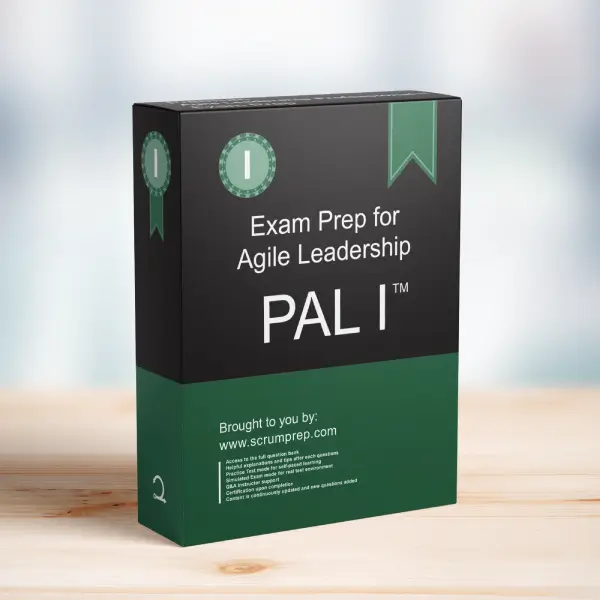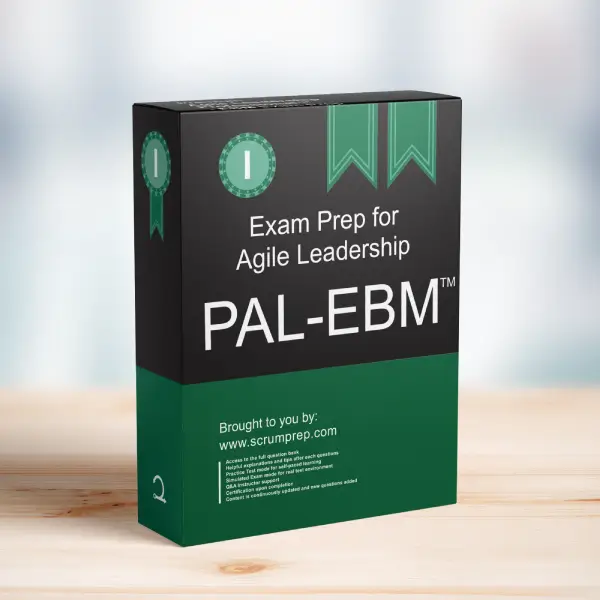Mobilizing an Agile Initiative
Staffing Agile teams is a crucial step in mobilizing a new Agile initiative. This article explores the best approach to assigning team members to Agile teams.
Exam Question
A new agile initiative is being mobilized, and you are the manager tasked with staffing the teams. How do you decide to which team each member should belong?
(choose the best answer)
A. Bring together interested people, discuss product goals, remind teams that they need to balance skills and experience, and let the teams self-organize.
B. Group people together who already know each other from previous teams.
C. Group people together based on which components of the system they are most familiar with.
D. Group people together who have a similar skillset to maximize efficiency and utilization.
E. Assign people to teams in such a way that balances skills, experience and seniority as evenly as possible.
Correct Answer
A. Bring together interested people, discuss product goals, remind teams that they need to balance skills and experience, and let the teams self-organize.
Explanation
Correct Answer
A. Bring together interested people, discuss product goals, remind teams that they need to balance skills and experience, and let the teams self-organize:
In Agile, self-organization is a key principle. Allowing teams to self-organize fosters ownership, accountability, and better team dynamics. By bringing together interested individuals, discussing product goals, and reminding them to balance skills and experience, you empower the teams to form in a way that they believe will best achieve their objectives. This approach leverages the team’s collective knowledge and promotes a collaborative environment.
Incorrect Answers
B. Group people together who already know each other from previous teams:
While familiarity can help in the short term, it might not result in the best combination of skills and experience needed for the new initiative. It also limits the potential for new perspectives and ideas that come from diverse team compositions.
C. Group people together based on which components of the system they are most familiar with:
This approach can lead to siloed teams that lack cross-functional capabilities. Agile teams should be cross-functional to handle all aspects of product development, not just specific components.
D. Group people together who have a similar skillset to maximize efficiency and utilization:
Grouping people with similar skillsets can create homogeneous teams that lack the diversity needed for innovation and problem-solving. Cross-functional teams are more effective in Agile because they bring together various skills and perspectives.
E. Assign people to teams in such a way that balances skills, experience and seniority as evenly as possible:
While balancing skills, experience, and seniority is important, assigning people to teams does not promote self-organization. Teams should have the autonomy to form themselves based on their understanding of the product goals and required skills.
Agile Leadership Insights
- Empowerment: Effective Agile leaders empower teams to make their own decisions about team formation and responsibilities. This leads to higher engagement and accountability.
- Collaboration: Encourage open discussions about product goals and team composition. Collaboration during the team formation phase sets the foundation for a collaborative working environment.
- Diversity: Promoting diverse skills and experiences within teams fosters innovation and problem-solving capabilities. Agile leaders should ensure that teams have a balanced mix of skills and perspectives.
- Support: Provide the necessary support and resources for teams to self-organize effectively. Agile leaders should be facilitators, helping teams navigate challenges without imposing solutions.
Relevance to the PAL I Exam
Understanding the importance of self-organization in team formation is crucial for the PAL I exam. It demonstrates knowledge of Agile principles and the benefits of empowering teams to take ownership of their structure and processes.
Key Takeaways
- Self-organization is a key principle in Agile team formation.
- Empowering teams to form themselves promotes ownership, accountability, and effective collaboration.
- Cross-functional teams are more effective in Agile as they bring together diverse skills and perspectives.
Conclusion
The best approach to staffing Agile teams is to bring together interested individuals, discuss product goals, and allow the teams to self-organize. This approach fosters a sense of ownership and leverages the collective knowledge and experience of the team members. For more information on preparing for the PAL I exam, visit our Professional Agile Leadership PAL I™ Exam Prep.





